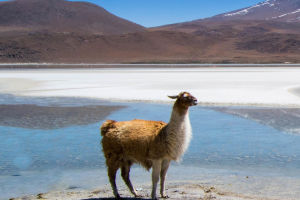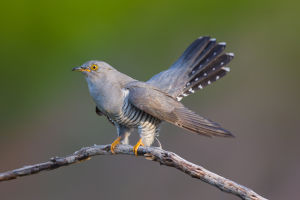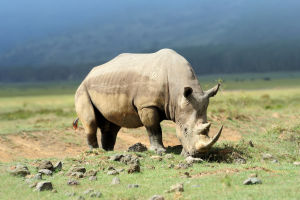White swans have long been symbols of elegance and purity. Their beauty and unique posture make them one of the most breathtaking animals in nature.
As members of the waterfowl family, white swans live in freshwater lakes, rivers, and wetlands, and are known for their snow-white feathers, long necks, and graceful gliding movements.
On nature’s stage, white swans are not only a visual delight; their lifestyle, habits, and symbolic meanings in different cultures provide humans with rich inspiration and space for reflection.
White swans belong to the Anatidae family and are widely distributed across Europe, North America, and Asia. They usually inhabit cold climates but migrate to warmer areas in winter.
Their diet mainly consists of aquatic plants, small fish, and shellfish. When foraging in water, they extend their long necks to reach food at the bottom.
White swans are larger than other birds, with wingspans exceeding two meters. This large and powerful wingspan not only adds to their elegance when soaring in the air but also helps them maintain stable flight during long-distance migrations.
White swans also display unique behavior during mating. They typically follow a lifelong partnership system, meaning they stay together for life once they choose a mate.
Their courtship includes a series of complex and beautiful rituals, such as approaching each other, entwining their necks, and even submerging their heads into the water simultaneously in synchronized and graceful movements. These courtship behaviors are not only biological necessities but also bring beauty and romantic associations to observers.
In various cultures, white swans have been given symbolic meanings. In European myths and legends, they are often seen as representations of beauty, purity, and nobility.
In Greek mythology, Zeus once took the form of a swan, and in Norse mythology, the Valkyrie is often associated with swans. In these legends, swans symbolize not only elegance but also power and mystery.
Moreover, the white swan is an important image in many literary works. Tchaikovsky’s ballet *Swan Lake* uses swans as the main characters, telling the poignant love story between a prince and an enchanted princess. In this work, the swan represents both pure, flawless love and the impermanence of fate and the inevitability of tragedy.
In Eastern cultures, white swans are also seen as symbols of beauty. Ancient Chinese poets often used swans to represent beautiful women or noble emotions. In Japanese culture, swans symbolize purity and holiness, seen as a bridge between nature and humans.
Although white swans are often seen as symbols of purity, their lives are also full of challenges. In the wild, they face threats from predators, climate change, and habitat loss.
In particular, global warming puts many white swan habitats at risk of disappearing. Wetland destruction, lake pollution, and human interference present significant challenges to their survival. Moreover, white swans’ migratory routes are becoming increasingly difficult to maintain.
Rising temperatures have changed their traditional migration times and destinations, forcing them to survive in environments with scarce food.
In response, many countries and regions have implemented protective measures to ensure the sustainable survival of white swan populations. Several European countries, for example, have established wetland conservation areas to limit human activities and provide safe habitats for white swans and other waterfowl.
Researchers are also monitoring swan migration patterns and living conditions using satellite tracking technology, helping to better understand their needs and make timely adjustments to conservation efforts.
Protecting white swans and their habitats in the face of changing climates and environments is not just about protecting a species, but also about preserving part of the ecosystems on which we all depend.
White swans symbolize purity and hope, and their existence reminds us that, while pursuing beauty and elegance, we must also cherish and protect the precious gifts of nature.


